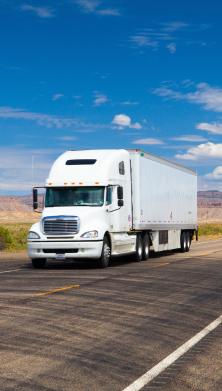Extent of mis-declared cargo
revealed
A fire on board the Cosco Pacific container ship in January 2020 was attributed to the combustion of a mis-declared cargo of lithium batteries while coconut charcoal, mis-declared as coconut pellets, was identified as the likely cause of last year’s fire on board the container ship Yantian Express [1]. Dangerous goods must be appropriately handled and stowed, which is not possible when the contents of containers are mis-declared.
A study by the National Cargo Bureau (NCB) [2] found the majority of containers it inspected had issues with mis-declared or improperly stowed cargo. Of the 500 containers inspected, 55% failed with one or more deficiencies (69% of import containers containing dangerous goods failed and 38% of export containers with dangerous goods failed), including the way cargo was secured, labelled or declared.
The sample illustrates the extent and magnitude of the problem of mis-declared cargo, according to Andrew Kinsey, Senior Marine Risk Consultant at AGCS. “The NCB analysis of cargo inspections makes for somber reading to say the least. In fact the findings are frankly shocking. We know cargo mis-declaration is a problem, now we have empirical data that shows the true extent of the situation,” says Kinsey.
“This is an issue that needs to be addressed by the whole supply chain. The industry needs to ensure that vessels are safely loaded, and the NCB data shows that this is currently not the case. There is too much cargo being loaded that is not properly documented and appropriately stowed, and this is causing fires and risking lives.”
The shipping industry is waking up to the problem of mis-declared cargo and a number of major container ship operators are taking steps to tackle the issue, including more stringent cargo verification and inspections and higher penalties and fines for infringements. Technology and machine learning is also increasingly being deployed to help better review cargo manifests and identify misdeclared or undeclared dangerous goods.
“This is a problem that will only get worse if we don’t act. Container vessels are getting bigger and the range of goods being transported continues to grow. Dangerous goods like chemicals and batteries are increasingly shipped in containers, and these pose a serious fire risk if they are mis-declared and wrongly stowed,” says Kinsey.
[2] National Cargo Bureau, NCB Container Inspection Initiative















